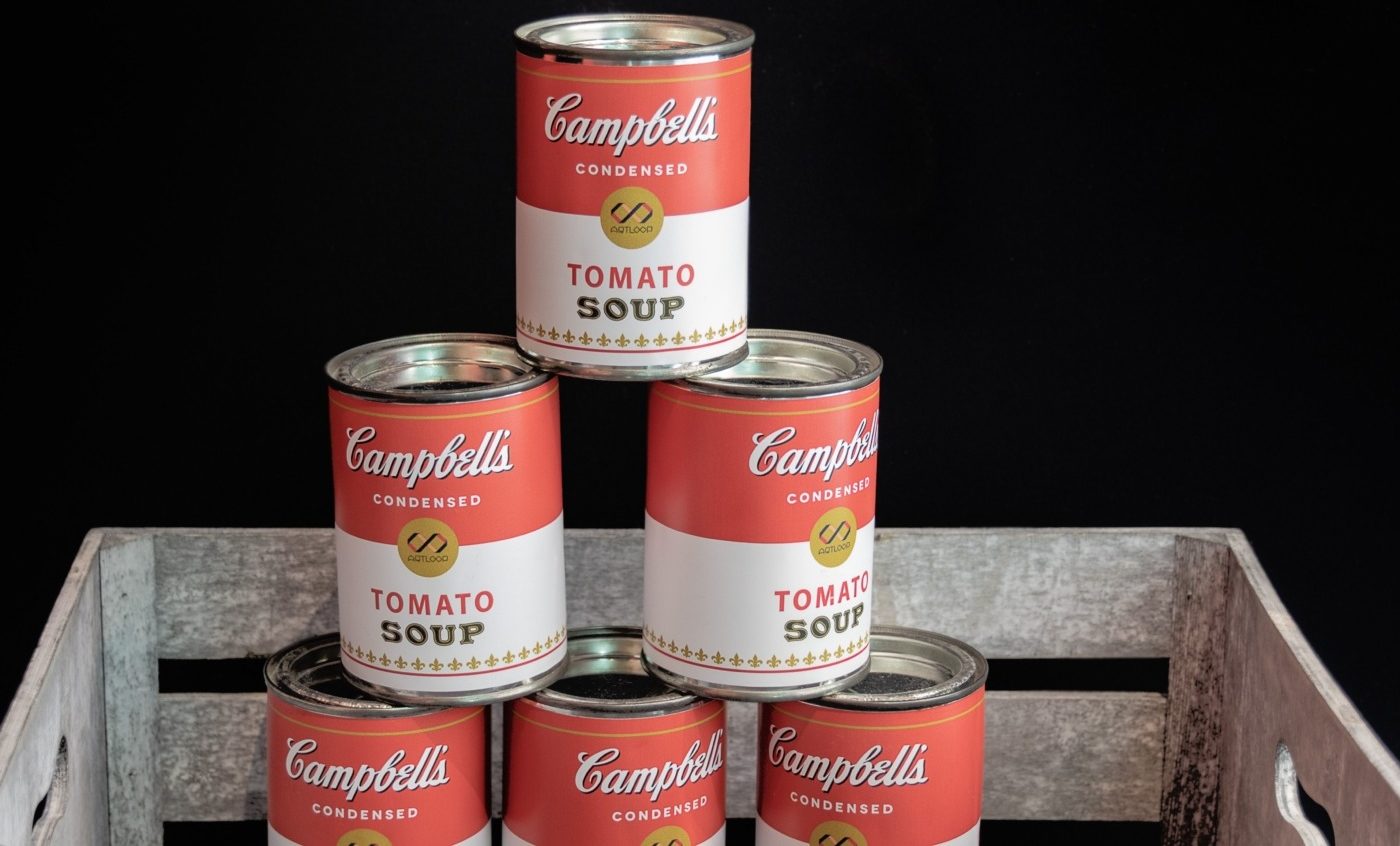Warhol in a world of selfies and social media
When you walk into most art exhibitions, you’re met with the steely glare of a rather patronising man in a black suit. He points to a large sign – NO PHOTOGRAPHY – and you begrudgingly bury your phone in your bag, accepting that you might not be able to show off your cultural expertise on Instagram this time. There are those of us who proceed to sneak the camera back out, but it’s an action tinged with guilt and you risk the embarrassment of the flash going off and really antagonising the intimidating security man.
The Whitney Museum in New York is challenging this stereotype by opening an Andy Warhol exhibition where people will be actively encouraged to take selfies with the iconic artwork. The museum’s director, Adam Weinberg, remarked: “How could you not allow people to take photographs in a Warhol exhibition? It’s going to be selfie central.”
“How could you not allow people to take photographs in a Warhol exhibition? It’s going to be selfie central.”
The museum hopes to provoke conversation about how Warhol, who helped shape 1960s pop culture, is relevant in a world of memes and social media.
Famous for painting rows of cloned soup cans and multi-coloured portraits of Marilyn Monroe, Warhol was fascinated by commercialisation and celebrity culture in the US. In the 1960s, advertising flourished. It was a sign of changing times and the growth of consumerism after the Second World War. Warhol revelled in this commercial splurge.
40 years after his death, we live in a society where Kim Kardashian and Donald Trump are two of the most influential people on earth. This in itself proves the absurd power of the internet. We are, increasingly, worryingly obsessed with social media. It haunts our everyday life. If Warhol was alive today, it would almost undoubtedly become a central part of his artwork.
If Warhol was alive today, social media would almost undoubtedly become a central part of his artwork
It seems only natural for the Whitney to open its doors and become “selfie central”, when they’re representing an artist who was infatuated with contemporary life.
But it’s not something that needs to be limited only to Warhol. At Tate Britain, the 2018 Turner Prize exhibition consists entirely of film and digital imagery, boldly detaching itself from more traditional art forms. Now, more than ever, it seems that the industry is plunging itself headfirst into the 21st century, grappling to engage young people and secure the survival of art.
There will be grumbles that the Whitney is doing nothing but relinquishing art to the perils of online mockery, but I think that this is underestimating the intelligence and cultural understanding of our generation. Whilst people will (sometimes rightly) scoff at celebrated, abstract works, there are also those of us who can enjoy art and want to engage with it more widely. It’s important to extend art beyond the limited white walls of a museum.
It’s important to extend art beyond the limited white walls of a museum
Not too many of us are able to jet over to New York, but we can look with envy as people begin to post images of themselves next to Warhol’s portraits.
Of course, interacting with exhibitions is nothing new. Every time I went on an art trip with school, we were instructed to sketch the paintings and sculptures in front of us. Being asked to copy nudes elicited a nervous chuckle amongst my classmates, but for more serious artists, it’s a fantastic exercise that allows them to develop a sense of detail and perspective.
Warhol’s work doesn’t lend itself naturally to this. His graphic style and dependence on photographic methods means that attempting to produce a copy serves little purpose. Instead, we can create our own art through the means of photography. It’s the perfect combination of two distinct moments in time.
We can create our own art through the means of photography
And perhaps in future exhibitions, we’ll photograph ourselves sprawled against Jackson Pollock paintings or imitating the posture of Henry Moore’s sculptures.
This may not be a good idea for every artist. I can hardly imagine people flocking to take pictures of themselves next to Jenny Saville’s huge, grotesque nudes. And perhaps older, renaissance artists should be appreciated purely for their traditional beauty instead of attempting to force an unnatural merge with our sometimes tacky meme culture.
But for Warhol, it works. When you enter an exhibition of his iconic art, it is full of colour and bold imagery. Now, visitors can share their experience with the online world.

Comments
Comments are closed here.